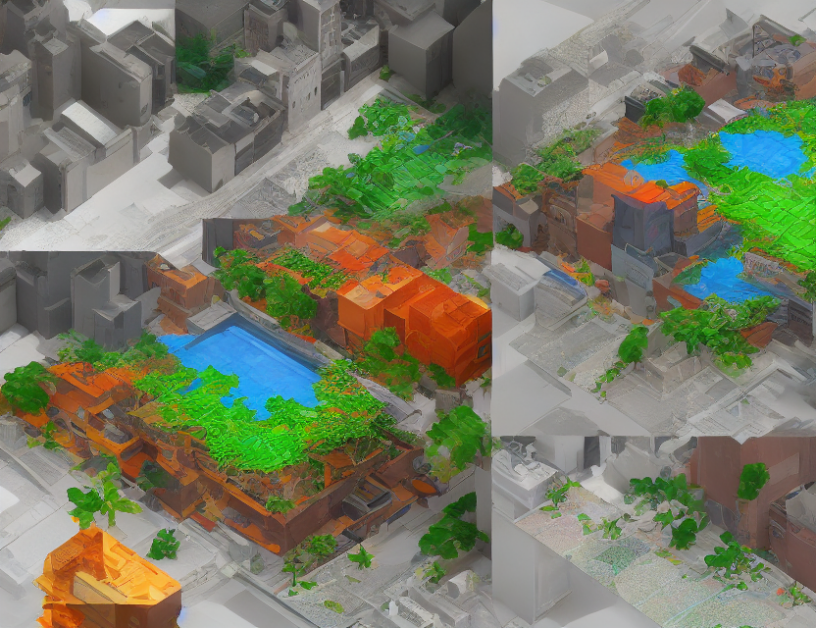Brain decoding is a fascinating field that helps unravel the complex workings of our brain. It has the potential to revolutionize various areas, including brain-computer interfaces and diagnosis of neurological disorders. Among the diverse brain decoding tasks, decoding visual information stands out as a crucial yet challenging endeavor. This article delves into the significance of lightweight brain decoding models and discusses their advantages in detail.
The Significance of Lightweight Brain Decoding Models
Imagine having a superpower that allows you to unlock the secrets of your brain’s visual processing! A lightweight brain decoding model can make this possible, as it can efficiently process visual information and provide insights into the workings of our mind. The article highlights the significance of these models by comparing them with their heavy counterparts. Clouds of different colors represent various subject-wise models, while the size of each cloud indicates the storage cost. MindEye, a state-of-the-art model, requires gigabytes (GB) worth of storage for each person’s model parameters, whereas Lite-Mind stores these parameters in mere megabytes (MB). This difference is significant, as it enables lightweight models to be used on devices with limited storage capacity.
Advantages of Lightweight Brain Decoding Models
Now that we understand the significance of lightweight brain decoding models, let’s dive into their advantages:
- Portability and Accessibility: With Lite-Mind, users can access brain decoding technology on devices with limited storage capacity. This makes it possible for people to use these models anytime, anywhere, without worrying about storage constraints.
- Reduced Computational Costs: Lightweight models reduce the computational burden, allowing for faster and more efficient processing of visual information. This is especially important in applications where speed and accuracy are crucial, such as brain-computer interfaces or real-time object recognition.
- Improved Generalizability: Lite-Mind’s smaller size enables it to adapt better to new individuals and environments. As a result, the model becomes more robust and generalizable across various populations and situations.
- Enhanced Robustness: The reduced complexity of lightweight models makes them less prone to overfitting, ensuring more reliable performance in diverse settings.
- Simplified Training Processes: With fewer parameters to manage, training Lite-Mind is easier and faster than its heavier counterparts. This simplification streamlines the learning process, making it more accessible to a broader audience.
- Faster Development Cycles: Lightweight brain decoding models allow for quicker iteration and development cycles. Researchers can experiment with new ideas and techniques more frequently, leading to faster advancements in the field.
- Enhanced Collaboration Opportunities: Lite-Mind’s smaller size makes it easier for multiple researchers to collaborate on projects without worrying about storage constraints. This fosters a more collaborative environment, leading to potential breakthroughs and innovations.
- Cost-Effective Brain Decoding: By reducing the storage requirements, lightweight models make brain decoding more cost-effective. This enables researchers to focus on developing new technologies rather than managing massive datasets.
Conclusion
In conclusion, lightweight brain decoding models hold immense potential in unlocking the secrets of our visual processing. Their advantages range from portability and accessibility to improved generalizability and enhanced robustness. By simplifying the training process, reducing computational costs, and fostering collaboration opportunities, these models are poised to revolutionize the field of brain decoding. As researchers continue to develop and refine lightweight models, we may soon witness a new era of advancements in this exciting domain.



